Nonogawa River Valley Float Festival and Race
Did you see Shimosaki's team? They started training every weekend with the previous year's float base and sandbags!
Yeah, but they have several members in college. They have to do it that way. We just have mostly old... err, older guys who aren't going anywhere. There's only 3 of us under 40.
*glares*
The trio of towns that make up the Nonogawa River Valley in Okayama (Nonogawa, Shimosaki, and Kyuunan) are particularly competitive, especially for the annual summer float race. They take turns holding the event and host thousands of spectators. The winning team gets bragging rights. Though, the rural district towns come together in the end to build a big float that will make the rounds throughout the year to each of the areas that contributed.
Preparation
Over the course of a year, each town builds an ornate bamboo, wood, and textile float that weighs about 1 metric ton. The top piece of the float will be part of a stack and coordinate with the other towns' float pieces to form a unified display representing the entire valley. After the race, the valley's display will tour each locality, then finally stop in the winning town. The victors from the previous year have the privilege of commissioning the designer for the unified float and giving input for the overall look. Artisans from each town unite to create the pieces. Tickets for the best seats at the finish line are sold out a year in advance. Good luck finding a "free" spot along the road.Handmade Floats that Stack Together
Artists from all over the prefecture take on apprentices in September. What better time to train the next generation than a fun festival commission? Woodcarvers, doll makers, cloth spinners, weavers, dyers, carpenters, lantern makers, calligraphers, flower arrangers, and more will all help with the year's creation. First to be completed is the base for the unified float. It will be made of bamboo poles with specialized joints tied together with rope. Then a platform is placed on top. No nails are used. Then the wheelless bases for each town's section are built similarly, but with long poles and dangling ropes to move the float. Overall color schemes are decided for the floats. On the platforms, the woodworkers will secure the intricately carved and decorated statues and scenery items. Historic and mythological figures and landscape features, such as mountains and waterfalls, are popular. They leave spaces on the float for the team leader to sit and for the taiko drum and its performer. Then fabric banners with stenciled crests, wooden plaques with calligraphy, and floral arrangements are added to complete the display.Team Uniforms
Team members are given a happi coat, white fundoshi, and a headband. They need to purchase their own black tabi boots. Team leaders verify everyone's uniform is in good shape and replacement pieces are purchased as needed. The over all style is similar on each of the happi coats to show the unity of the community. But each locale has a color and pattern. On the back of each is a white circle and the town's symbol.Training
Senior team members teach how to:The Day Before
Before they transport the float to the start line, each of the teams goes through a purification ritual and dedicates thier float to the Kami at their local shrine. Purification varies a little for each town, but it usually involves washing thoroughly, then soaking in an ice-cold bath (with water from the river) as a team. Then they pay respects to the kami by providing offerings of food and sake and bow deeply in front of the shrine. Spectators and news crews arrive in all three towns and scout the race site for the best viewing spots. The floats are on display in their respective towns. The teams and spectators party well into the night, even though they'll have to be up again before dawn. Floats are paraded to the starting line, led by a cart with taiko drums and bells.Race Day
Teams are in place at the starting line by 4:30 am. The crowds gather around 2 am and cheer the participants as they arrive. Team leaders whip up the crowds by having the teams sing local songs. Meanwhile, the townsfolk spray the track with water to help make the surface easier to drag the float along. They also hand out water buckets to splash on the roads and participants. As the teams line up, the team leaders and the taiko drummers climb onto their respective seats on the floats. Leaders will spur their teams on with shouts of "Oisa!" as they wave symbols of the town to help synchronize the team's movement. The officials will time each team through the course and teams will be sent out every 5 minutes. The fastest one wins. You'll hear the drum beats way a head of each float. When the official counts down and hits "one", the team lifts the float via long beams onto their shoulders and drags the float through the hilly, 3 km track. To add to the complexity, the track has tight u-turns. Unburdened team members follow and the leaders watch for the signal to stop and switch out with those who are struggling. Tugging the float is grueling, so participants swap out often. Onlookers throw water in front of of the floats and on the teams to keep the path as smooth as possible and the teams cool. (If you go, expect to be soaked. Spectators get splashed too!) The finish line is always on a hill to test the participants' endurance. When a team reaches it, they move the float out of the way and clap in a sequence specific to their town to signal their team has completed the challenge. Half an hour after each team runs the course, officials announce the winner. This allows the teams to catch their breaths and congratulate each other. Valley breweries and pubs give the teams beers and sake for their hard work.The Prize
They put the winner's float on top of the touring display stack—a source of local pride.Uncertain Future
The towns are doing their best to attract young people, even giving away houses to fix up. But the populations are aging, never-the-less. Changes to the festival will be needed for it to continue. One concerned resident suggested that the floats be put on wheels, but the idea was quickly shot down. It broke tradition. The topic keeps coming up as the town populations decline. Maybe it will go through someday. Who knows? The agenda for the next tri-town planning meeting includes the following topics: adding wheels (again), allowing children to take part in a smaller version of the race to encourage more families to move to the valley, having a women-only team, shortening the route, and introducing the new team leader for Kyuunan—Nabeshima Yoshi (who wasn't a unanimous vote). It will be an interesting meeting for sure!TEAM SECRETS AVAILABLE
Will you join:When you choose the team with the secret(s) - the secrets(s) will appear. Secrets may not be available for every team on an article.


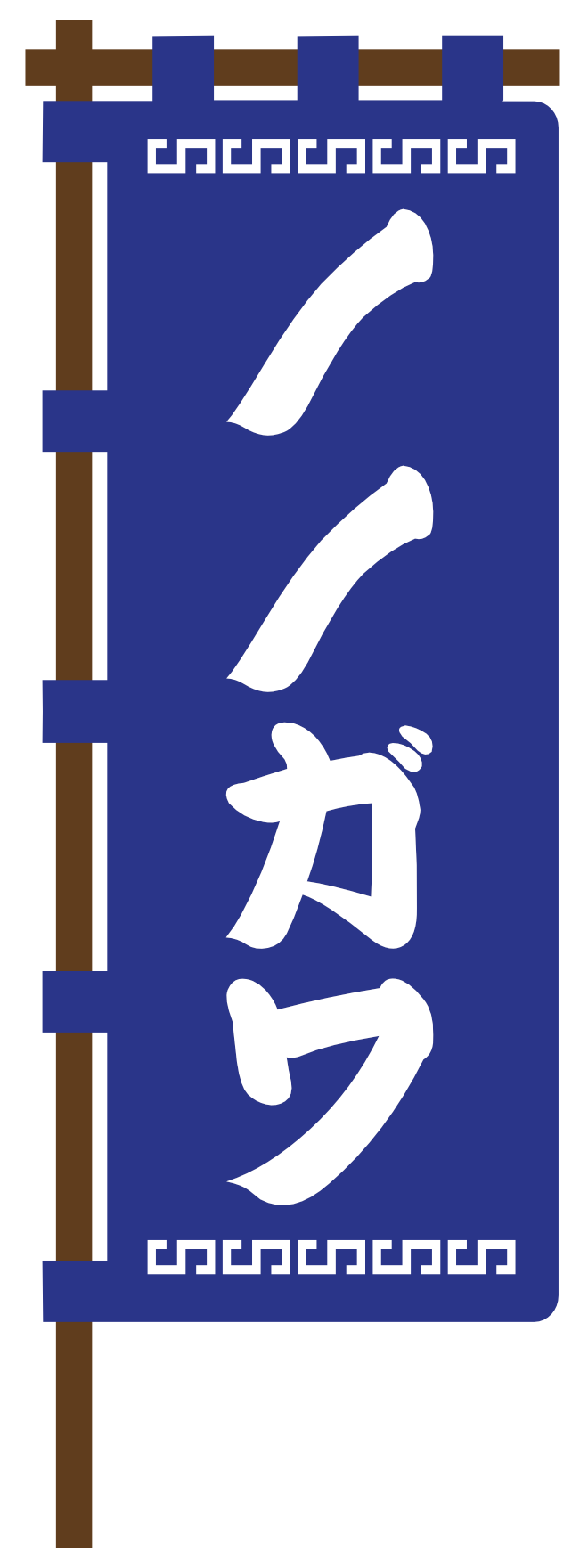





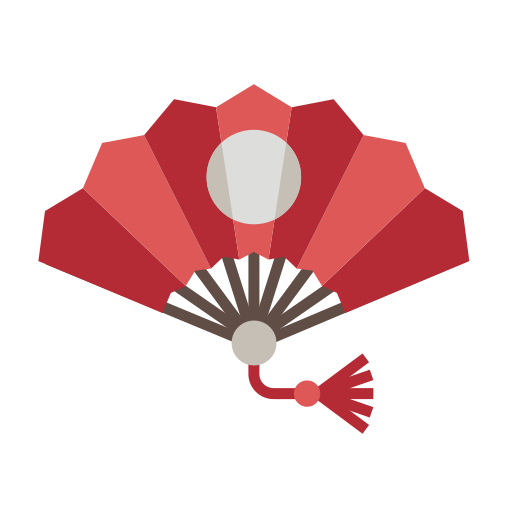

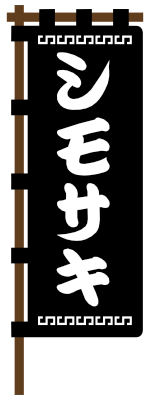

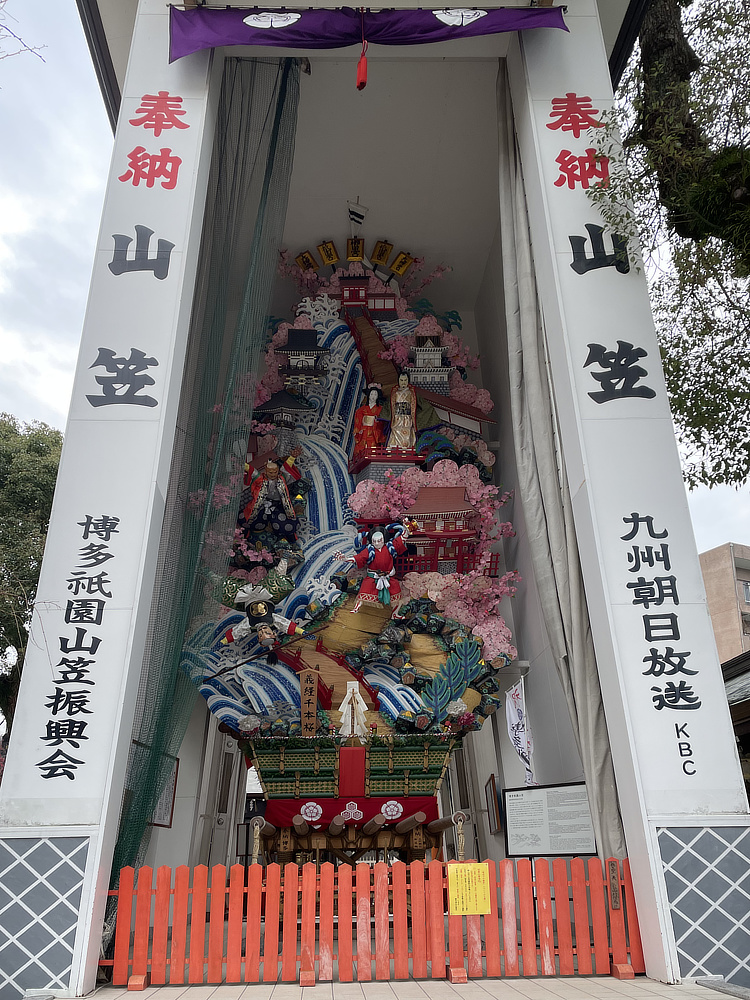

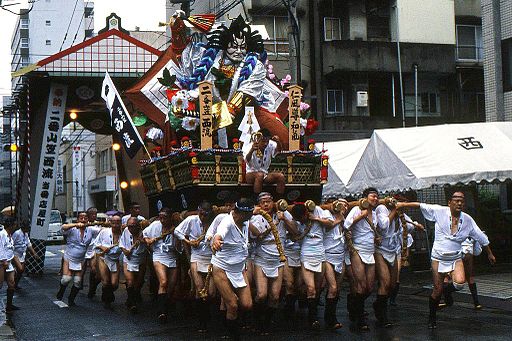






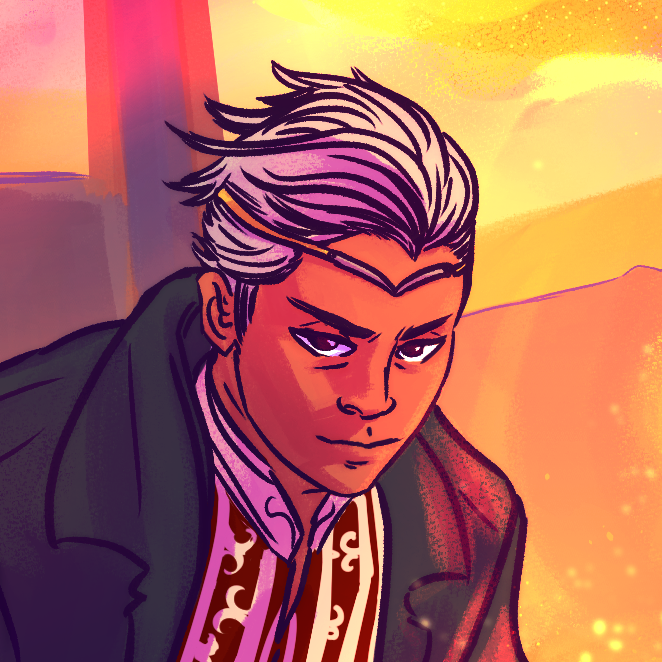
This is such a fun festival! I love the idea of the floats and the beautiful craftmanship in particular. Not sure sure about carrying the float around, I'll leave that to others. <3
Lol! Same. I'll help with crafting! Thanks for reading! <3